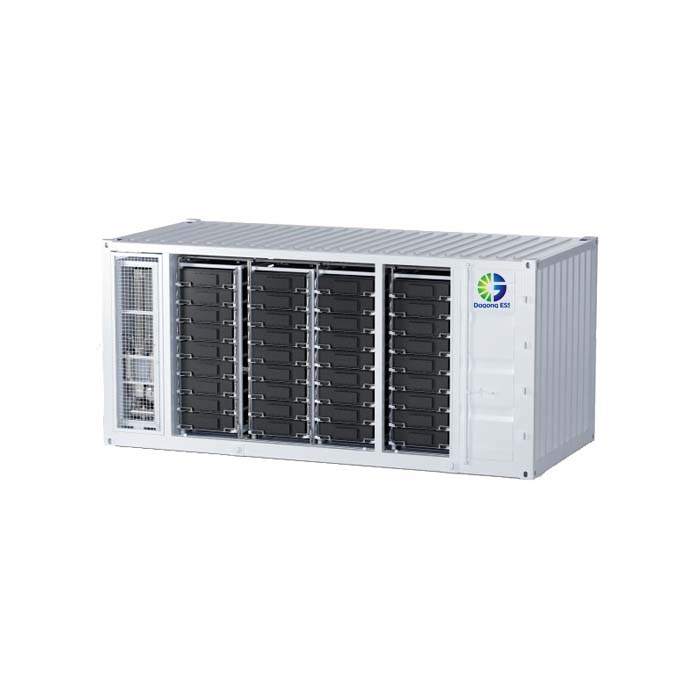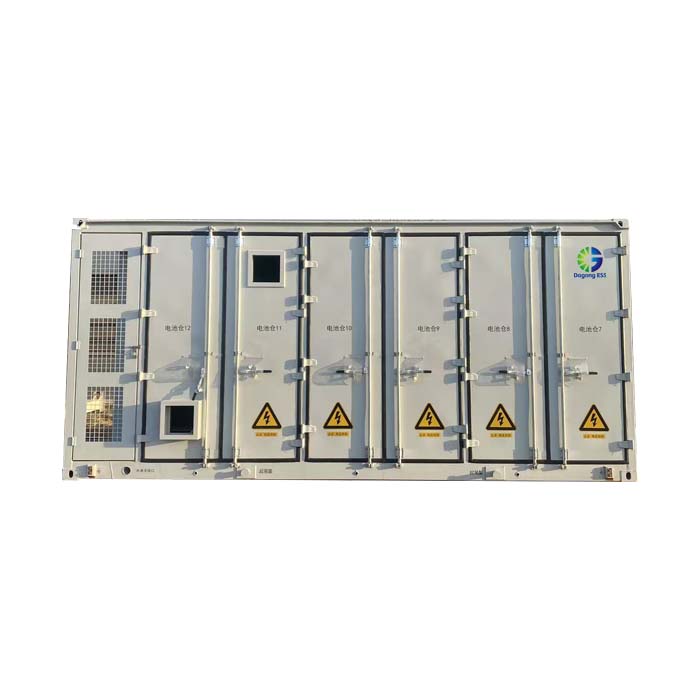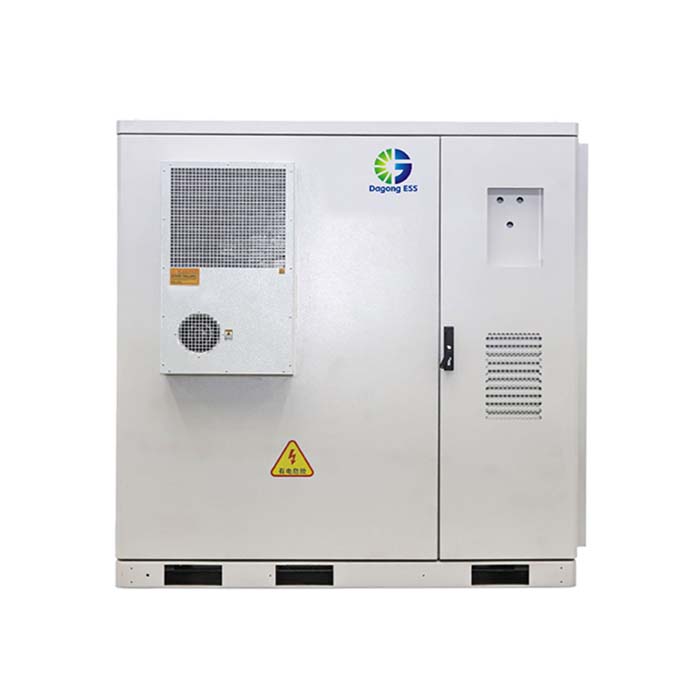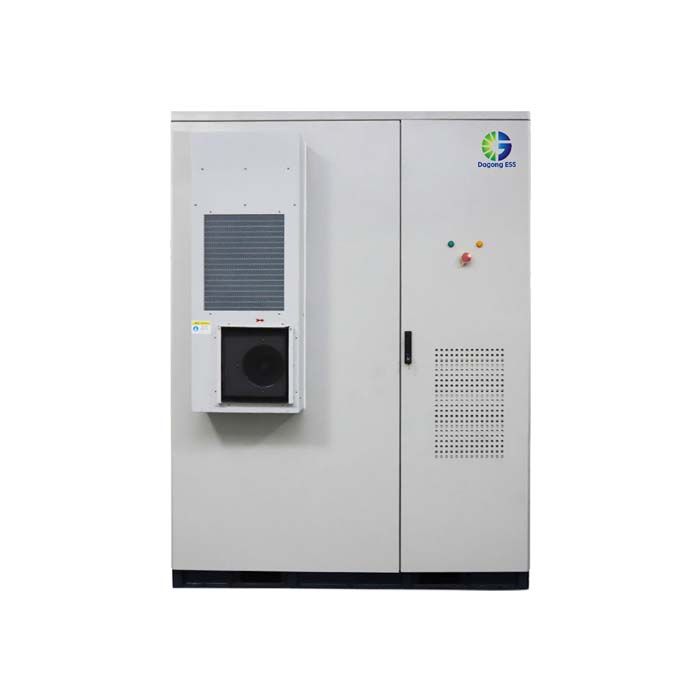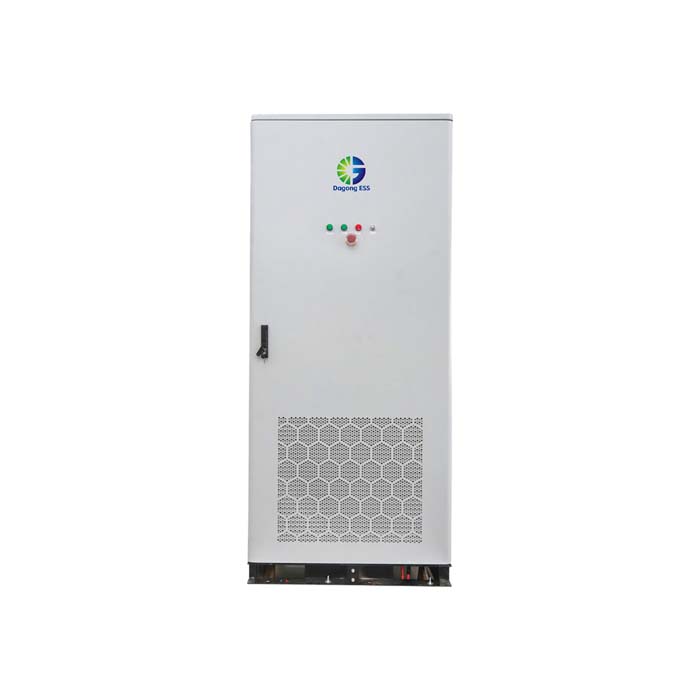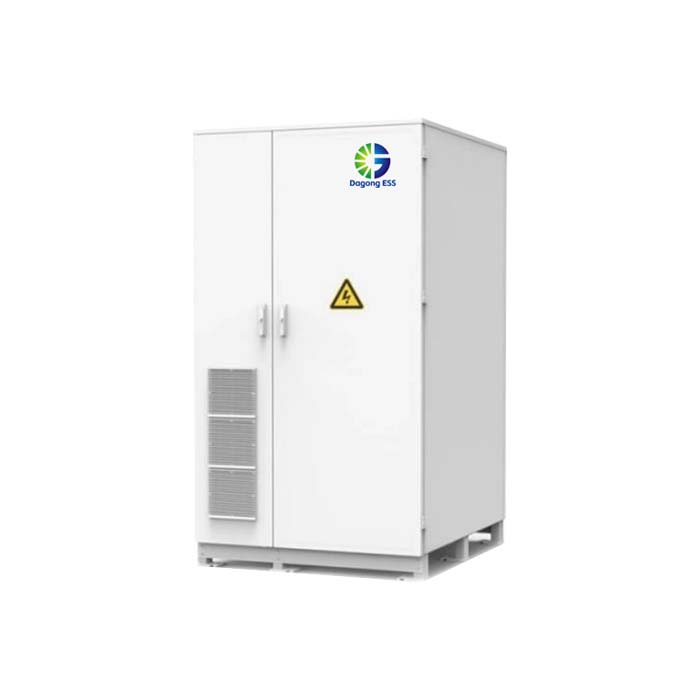Why Energy Storage is Critical for Renewable Integration?
What is Energy Storage for Renewable Integration?
Energy storage systems (ESS) play a pivotal role in ensuring that renewable energy sources like solar and wind can be reliably integrated into power grids. Because solar and wind are intermittent—generating power only when the sun shines or the wind blows—energy storage acts as a buffer, storing excess power and releasing it when demand rises or generation drops.
Modern energy storage technologies, especially lithium iron phosphate (LFP) batteries, have made large-scale renewable integration feasible. These systems enable time-shifting, peak shaving, load balancing, and ancillary services—ensuring that renewable energy becomes a dependable part of the energy mix.
Types of Energy Storage Systems
There are several energy storage technologies suitable for renewable integration:
Lithium-ion Battery Systems: Most commonly used in both commercial and grid-scale applications due to high energy density and long life cycles.
Flow Batteries: Offer longer discharge durations and better scalability, ideal for long-duration storage.
Thermal Storage: Stores excess electricity as heat, mainly in CSP (concentrated solar power) applications.
Pumped Hydro Storage: Large-scale mechanical storage solution, geographically limited.
Hybrid Systems: Combine battery storage with PV, wind, or diesel generators to create stable microgrids.
For example, industrial-scale battery cabinets like Dagong ESS's 215kWh to 241kWh air-cooled systems or 372kWh liquid-cooled BESS are frequently deployed in hybrid solar-storage projects.
Features of Energy Storage for Renewable Integration
Key features that make ESS indispensable for renewables include:
Fast Response Time: Instant power injection or absorption to stabilize frequency.
High Round-Trip Efficiency: LFP-based systems offer up to 90–95% efficiency.
Scalability: Modular design supports future expansion.
Remote Monitoring: Intelligent EMS platforms enable 24/7 management.
Safety and Durability: Advanced thermal management (air or liquid cooling) and multi-level protection ensure long life and reliability.
Systems such as 5MWh air-cooled containers and 3.35MWh liquid-cooled ESS from some Chinese manufacturers come equipped with real-time fault detection and multi-scenario adaptability.
Applications of Energy Storage in Renewable Projects
Energy storage enhances renewable energy integration in various ways:
Solar + Storage Systems: Store excess PV generation for use at night.
Wind Integration: Balance output fluctuations and optimize dispatchability.
Microgrids: Combine renewables, ESS, and gensets to power remote areas.
Ancillary Services: Provide frequency and voltage regulation to stabilize the grid.
Peak Shaving & Demand Charge Management: Improve ROI in commercial settings.
For instance, commercial zones with rooftop solar installations often deploy 100kWh to 144kWh air-cooled battery cabinets to ensure uninterrupted operation and reduce electricity bills.
Price of Energy Storage for Renewable Integration
The cost of energy storage systems for renewable energy integration depends on several factors, including system capacity, storage duration, battery type, control software, installation conditions, and auxiliary equipment.
Pricing is usually quoted under international trade terms such as EXW, FOB, or CIF, depending on project location and logistics preferences.
For a tailored quotation based on your specific project needs, it's best to consult directly with the supplier.
How to Select Energy Storage for Your Project?
When choosing an ESS for renewable integration, consider:
Load Profile & Generation Pattern: Match system capacity to renewable output and demand curve.
Duration Requirements: 1–4 hour discharge for typical applications; longer for islanded systems.
Cooling Needs: Liquid-cooled systems perform better in hot climates or intensive-duty cycles.
System Modularity: Ensure ease of upgrade and future scalability.
Compliance & Certification: CE, UN38.3, MSDS, and other standards are essential for international deployment.
Suppliers offering modular solutions like rack battery cabinets (5kWh to 30kWh) or stackable household systems (up to 80kWh) are ideal for flexible applications.
How Long Does Energy Storage Last?
The lifespan of modern lithium-based ESS ranges from 10 to 15 years, with over 8000 charge/discharge cycles, depending on depth-of-discharge, ambient temperature, and operational strategy. Systems with robust thermal management and BMS protection—like those used in commercial and industrial applications—tend to last longer and perform more reliably over time.
The Supplier of Energy Storage for Renewable Integration
China remains a leading supplier of BESS solutions tailored for renewable integration. Companies offering diverse portfolios—including containerized 5MWh systems and compact modular units—are increasingly supporting global decarbonization efforts.
If you're planning a solar or wind integration project, choosing a supplier with proven experience in air-cooled and liquid-cooled systems is crucial for long-term performance and safety.
If you are interested in energy storage products for renewable integration, please contact Dagong ESS,
Email: sales@dagongess.com
Website: www.dagongess.com


